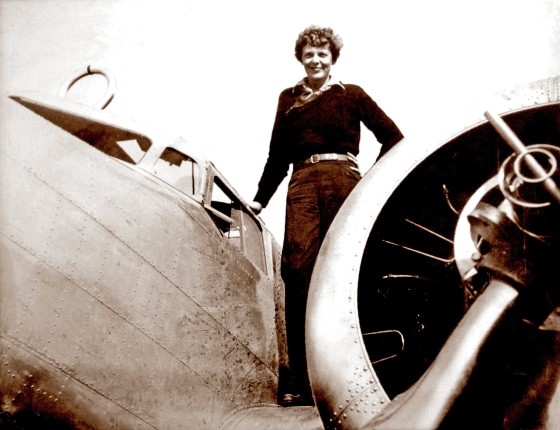New evidence from researchers with The Earhart Project may offer insight into the mystery around Amelia Earhart's final moments.
Researchers with the International Group for Historic Aircraft Recovery, or TIGHAR, which runs the project, have found similarities between the famed pilot and the partial skeleton of a castaway discovered on an uninhabited Pacific island in 1940.
Using modern techniques, forensic anthropologists and imaging experts compared measurements of the arm bones in the castaway's skeleton to a historical photo of Earhart and discovered that their measurements were "virtually identical."
While the discovery doesn't conclusively prove the bones are Earhart's, researchers say it could mean the famed pilot spent her final moments as a castaway.
Related: Finding Amelia Earhart: New Expedition Could Solve Mystery
Amelia Earhart was an aviation pioneer. In 1932, she became the first woman to complete a solo transatlantic flight. That year, she also became the first woman to fly solo from coast to coast. But it was her disappearance during her second attempt to fly around the world, in 1937, that has fascinated aviation enthusiasts for more than 70 years.
Earhart and her navigator, Fred Noonan, departed from Miami in July 1937, heading east. But after more than 25 days of flight, their plane disappeared as it neared Howland Island in the pacific. A Coast Guard search for the pilot was called off after two weeks.
Related: Footage of Aviator Amelia Earhart Emerges 80 Years After Disappearance
Researchers with The Earhart Project are dedicated to proving that the pilot made an emergency landing and eventually died on uninhabited Nikumaroro island, part of the western Pacific republic of Kiribati. TIGHAR researchers have previously tried to link a piece of aluminum sheeting and other evidence found on the island to Earhart's disappearance.
